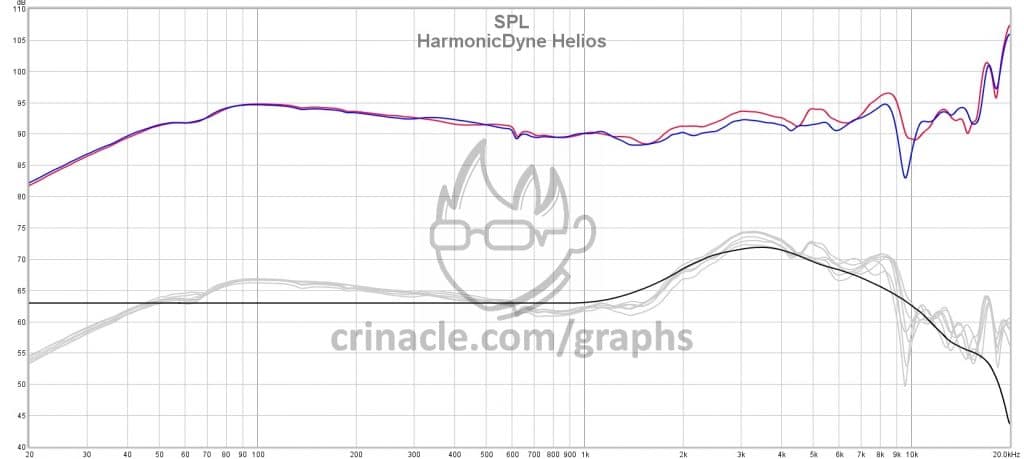
For additional details of the IEF headphone measuring rig, click here
Data has been uploaded to the Graph Comparison Tool (for headphones)
Introduction
HarmonicDyne is the chifi world’s newest entry in the headphones game, so they are a completely unproven and unknown company with zero history at the time of writing.
The Helios is their debut product that sports a 50mm dynamic driver, open-backed form factor and a grill design that makes me feel like it was ripped off of Rosson Audio Design.
Product pages:
Indiegogo (launching platform)
Linsoul
MSRP: $200 ($130 early bird price)
Driver configuration: 50mm dynamic
Non-audio opinions
My unboxing posts are pretty much the only times I’ll ever talk about build quality, accessories and the like. I’m not really the person to ask about these things as I don’t really care about them that much.
Accessories:
- Carrying case
- 3.5mm cable
Cable: single core, cloth sheathing.
Connection: 3.5mm TRS.
Build: mix of wood and metal components. Feels sturdy with minimal weakpoints, and decently built yokes. The swiveling hinge may be a point of concern down the road.
Fit & pads: round cups, velour pads. Large enough to accomodate my ears, no complains.
Isolation: minimal to none. Open-backed headphone.
Frequency Response Analysis
Most of you may not be familiar with raw, uncompensated headphone graphs, considering that most established databases out there use some form of compensation (Diffuse Field being the most common but things like Independent-of-Direction are also used, as is the case with Tyll Hersten’s original database). It is because of this that I highly recommend interpreting my graphs with the use of the Graph Comparison Tool (for headphones) so that you have your own baseline to compare with.
The most common “reference” in the headphones world would be the HD650, hence why it is the default option on the graph tool. If the HD650 fits your definition of “neutral”, then you can see how the Helios would differ from neutrality when overlaid over the graph.
Of course, using the Baseline function of the graph tool with the HD650 gets you a Helios graph that is more reminiscent of typical DF-compensated measurements:
Going by the assumption that the HD650 is neutral, the Helios would then be a bright-leaning, V-shaped headphone. Which is actually not too far from my subjective listening tests.
The Helios also comes remarkably close to the HD599, which is by all means not a bad headphone:
Comparison courtesy of the Graph Comparison Tool (for headphones)
The Subjective
General sound descriptions
“Bright V-shape” would be the simplest, most straightforward description of the Helios. It has a slightly emphasised mid-bass response with a sub-bass roll-off, and a much greater treble emphasis.
Imaging is alright but nothing outstanding, and it has relatively closed-in soundstage relative to other open-backed headphones. Detailing and resolution is middling, being neither exceptional nor subpar.
The Competition
The Helios may have that dreaded V-shaped signature that all the cool kids love to hate, but in my opinion it’s a V-shape that’s tastefully done. Yes, there is a treble emphasis, but it’s not the kind of bright tuning that’s overly sharp or piercing like the HD800 or most Beyerdynamics.
The closest competitors to the Helios right now would be the Sennheiser HD599, the Philips Fidelio X2HR, the Beyerdynamic DT990 and the Hifiman HE4XX, all of which retail for roughly $150 on the street. Out of the four, the Fidelio X2HR and the HD599 are the closest to the Helios both in signature and technicalities, and thus I’d consider the Helios as a “viable alternative” in the entry-level space rather than an outright upgrade or even a price bracket leader. It’s an alright choice for $150 and it’s what you can reasonably expect for the price, though the $200 retail price would be pushing its value proposition a tad if you were, at any point in time, expected to pay full retail for a Helios.
Conclusion
This was a relatively short review, but Helios is what it is. It’s a headphone that’s acceptable at its early-bird price (which would more likely than not be its street price after its Indiegogo) but does not offer anything more than its immediate competitors.
But as a debut product, HarmonicDyne has at least shown that they can make a decent headphone. A much better start than other new kids I know.
Support me on Patreon to get access to tentative ranks, an exclusive Discord server and/or access to the Premium Graph Comparison Tool! My usual thanks to all my current supporters and shoutouts to my big money boys:
“McMadface”
“Desertscrub”
Denis
Nicholas
Alexander
“Galactus”
Andrew



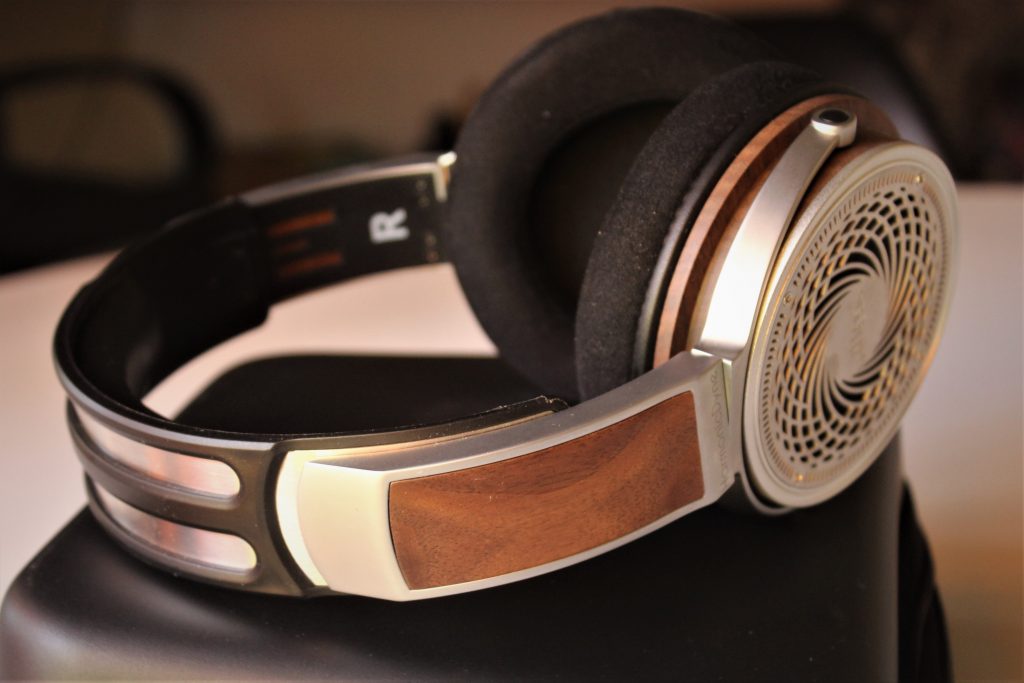

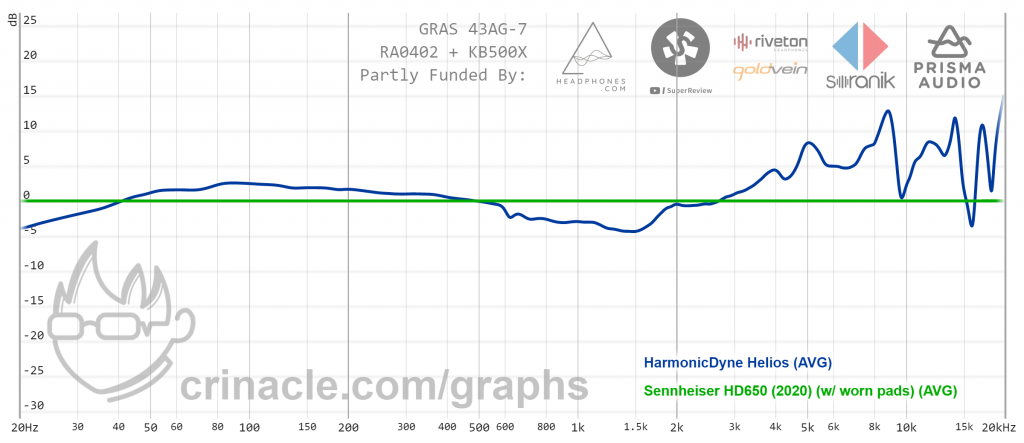

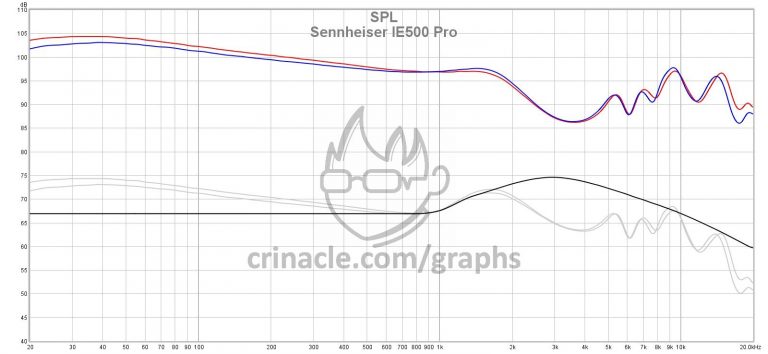
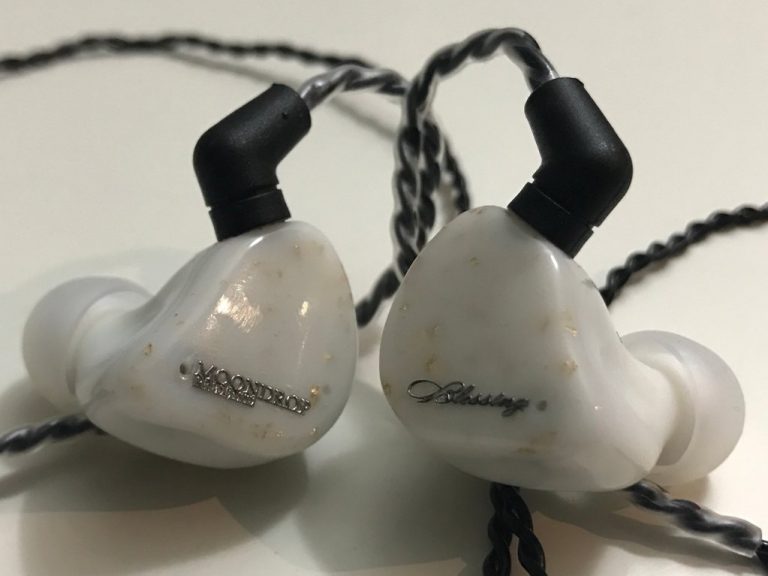
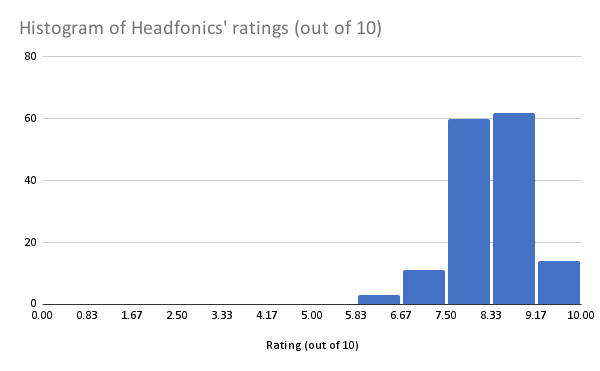
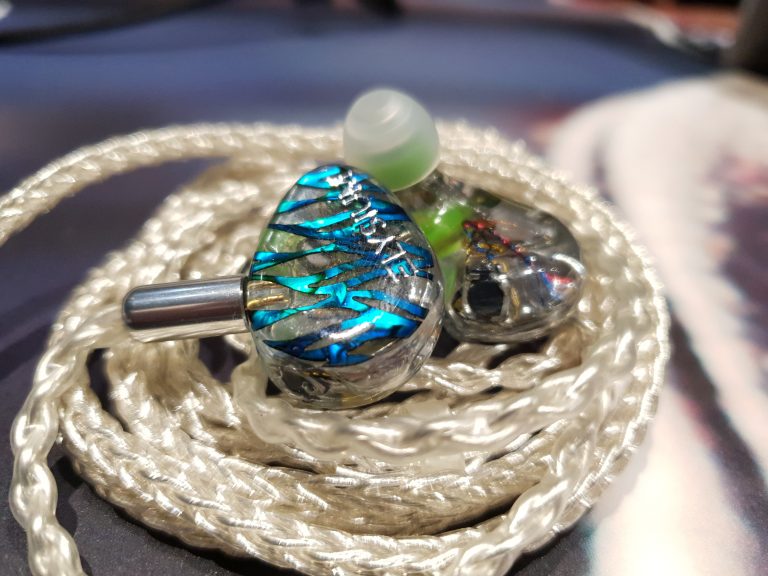
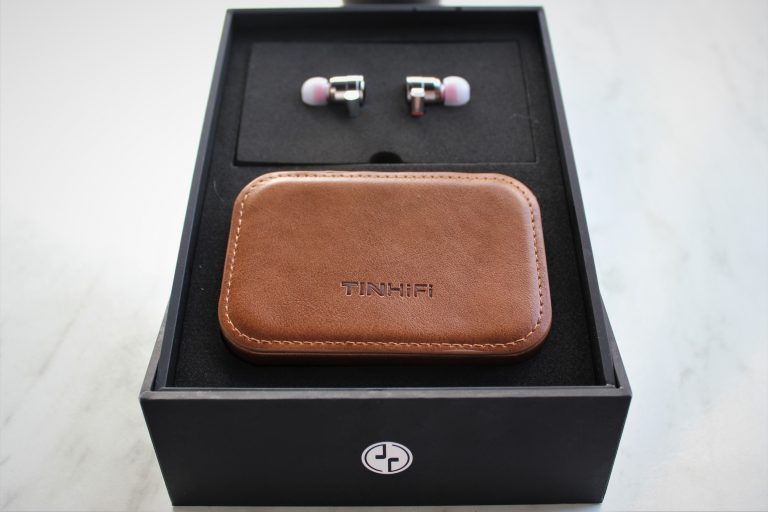
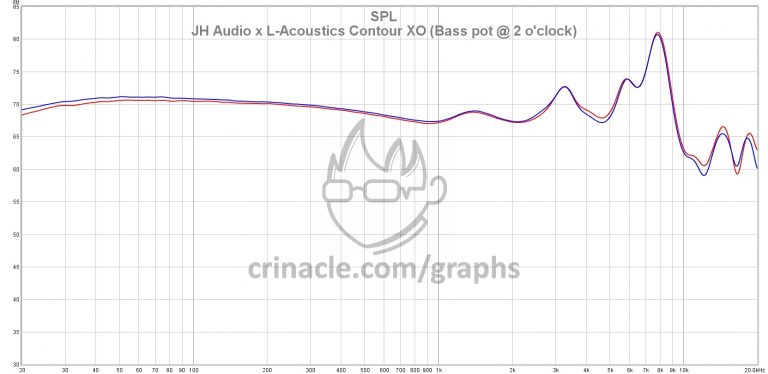

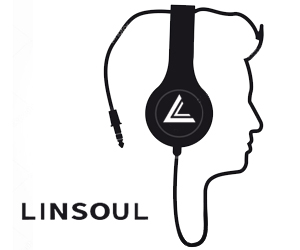

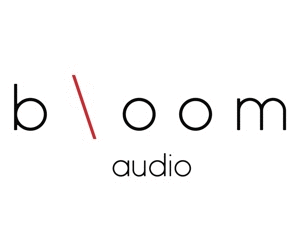
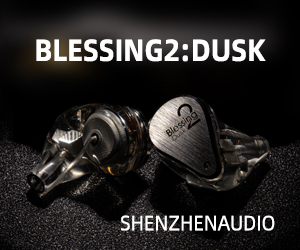
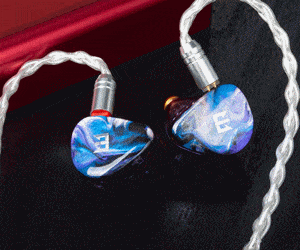

2 thoughts on “HarmonicDyne Helios Review: New Kid”
Whats the rating of this headphone?
Currently working on a headphone ranking list.